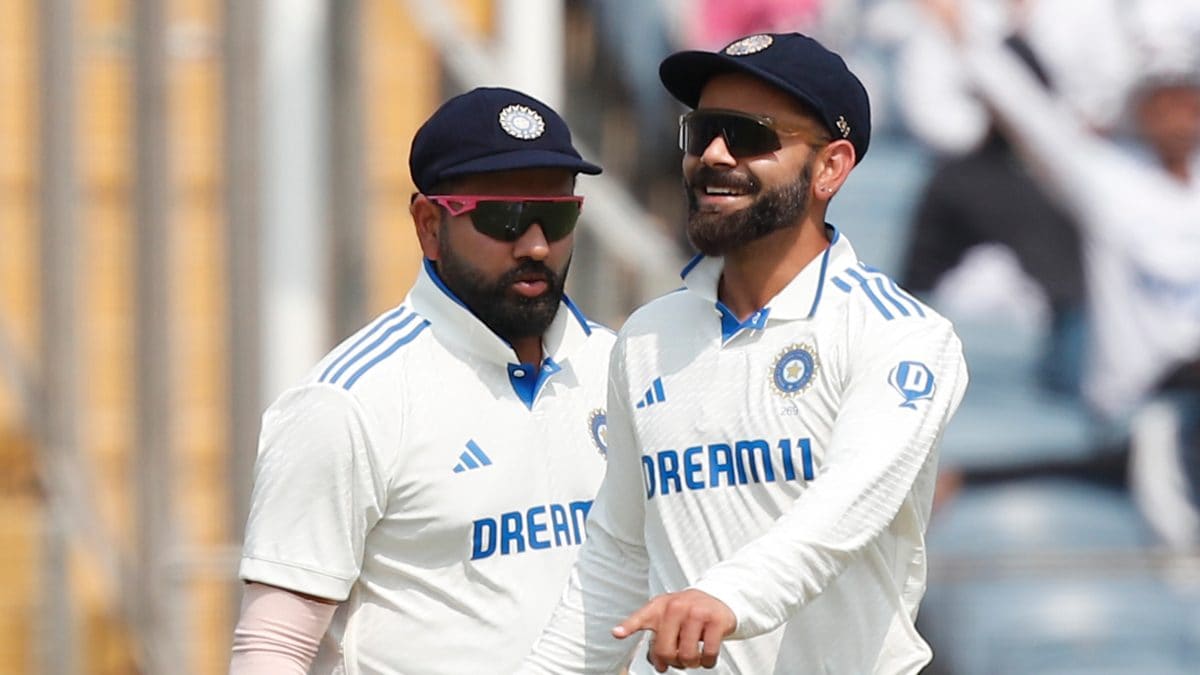 |
|
Ravi Shastri, the former Indian cricket team head coach, has offered his insights into the ongoing speculation surrounding the potential retirements of Virat Kohli and Rohit Sharma. His assessment, following another less-than-stellar performance from both players in the ongoing Test series against Australia, paints contrasting pictures of their immediate futures in the sport. Shastri believes that Virat Kohli, despite recent struggles, still possesses the skill and determination to continue playing Test cricket for another three to four years. This assessment is grounded in Shastri's personal observation of Kohli’s capabilities and the potential for a resurgence in form. The assertion isn’t merely optimistic; it’s based on a seasoned coach's understanding of the player's resilience and experience. Kohli's century in Perth, though a singular high point, arguably supports this optimistic outlook. Even his recent dismissal, while frustrating, doesn't fully negate Shastri’s longer-term assessment of Kohli's prospects.
However, Shastri's perspective on Rohit Sharma's future is markedly different, reflecting a more cautious and uncertain outlook. He suggests that Sharma's continued role in the team, particularly at the top of the batting order, depends entirely on his performance in the remaining matches of the current series. The crux of Shastri's concern lies in Sharma's apparent technical shortcomings, notably his footwork and timing. Shastri points to a noticeable change in Sharma's approach, suggesting he is consistently late in meeting the ball, a fundamental flaw in batting technique that compromises his ability to score effectively. Shastri’s observation goes beyond a simple critique of current form; it raises questions about Sharma’s adaptability and his capacity to adjust his technique in response to the specific challenges posed by the Australian bowling attack.
Shastri's analysis highlights the stark contrast between the challenges facing the two veteran batsmen. While Kohli's future appears to be largely contingent on his personal drive and capacity to maintain his physical and mental capabilities, Sharma's future is inextricably linked to his ability to address identified technical deficiencies. This raises the possibility that Sharma might need to consider a change in batting position or even contemplate retirement at the conclusion of the series if he fails to demonstrate a significant improvement. Shastri’s nuanced assessment underscores the complexity of evaluating a cricketer's long-term potential, emphasizing not just the current performance but also the subtle technical aspects and future potential for adaptation and improvement.
Beyond the individual assessments of Kohli and Sharma, Shastri also addresses the broader context of the series. He highlights the intense determination of the Australian team, particularly their captain, noting their unwavering commitment to victory and their strategic effectiveness. He singles out the Australian bowling performance as exceptional, suggesting their collective effort and tactical brilliance played a key role in frustrating both Indian batsmen. The statement isn't solely critical of the Indian players; it acknowledges the significant contributions of the opposition, contextualizing the performances within the framework of a highly competitive and strategically sophisticated series. Shastri's comments contribute to a more comprehensive understanding of the challenges faced by India, beyond the individual struggles of its key players.
In conclusion, Shastri's comments provide a valuable insight into the current state of Indian cricket and the uncertain future of two of its most prominent figures. While he remains optimistic about Kohli's potential longevity, Sharma's future remains uncertain, dependent on a swift and effective response to the challenges posed by the Australian team and his own identified technical issues. The comments underscore the dynamic nature of professional sport, with performance, adaptation, and ultimately, strategic choices dictating the trajectory of individual careers within the highly competitive landscape of international cricket.
Source: Ravi Shastri On Retirement Rumors: 'Virat Kohli Will Play 3-4 More Years, For Rohit Sharma It's…'
